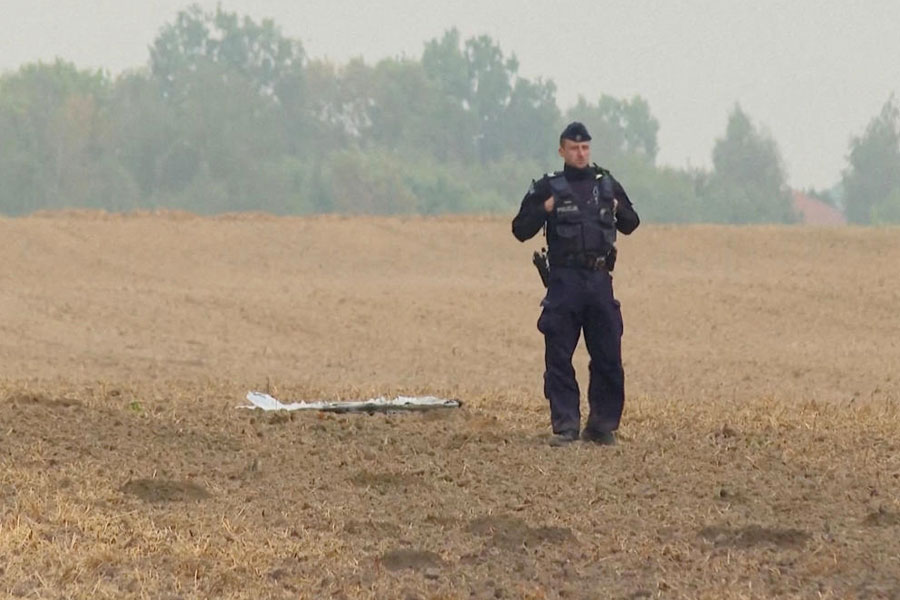
Bhubaneswar, Feb. 13: Experts engaged by the Airports Authority of India (AAI) for a survey on birds in and around the city airport have identified 49 species, of which nine are seen exclusively near the runway.
The survey was necessitated, as officials had been worried over the incidents of bird-hit cases at the airport. While the preying birds are found searching for food in scattered animal waste in the area, other birds have found the surroundings suitable for them.
The nine birds found near runway include black/pariah kite, shikara, red-wattled lapwing, yellow-wattled lapwing, barn sallow, Asian pied starling, common myna, Indian nightjar and barn owl. Besides, common birds such as crows and cattle egrets also pose a danger to aircraft during take off and landing.
On the causes of bird population around the airport, the report has cited wide variety of grasses, woody vegetation, accumulation of domestic garbage from nearby slums, open drain and nearby markets, including those selling the non-vegetarian food items. Water bodies near the airport are also providing suitable habitat for many carnivorous birds.
Well-known herpetologist from the team Subhendu Mallik said: "We have given the report to the airport director and suggested that there should be an exercise to control growth of 11 types of grass species as they attract many birds into the airport for shelter and food. All major grass species include buffalo grass, fox-tail grass, white cocks-comb grass, cow foot grass, digitaria grass, nut/mutha grass, bullet grass, Indian goat weed, lantana, eupatorium and Bermuda grass."
Airport director Sharad Kumar said: "We have initiated process to procure several digital equipment to scare the birds. The experts will let us know where to place the equipment for optimum results."
The AAI is planning to go for zone gun, which can produce a certain sound so that the birds will automatically fly away from the flight path. Laser guns are also to be procured to keep the birds away. With these equipment, the AAI will spend Rs 60 lakh in two years time.
The report also suggested destruction of termite mound within the airport zone as they attract insect-eating birds such as black drongo, barn swallow, common myna, Asian pied starling and shrikes. "The airport officials are also busy in rescue and translocation of predators such as jungle cat. But by catching the animal, the inter-species competition is hampered and it indirectly increasing growth of bird population within the airport," said Mallik.
The report titled "Competition on Air" has also suggested permanent destruction or removal of grasses, shrubs and bushes within the airport boundary and other secondary vegetation outside the periphery.











